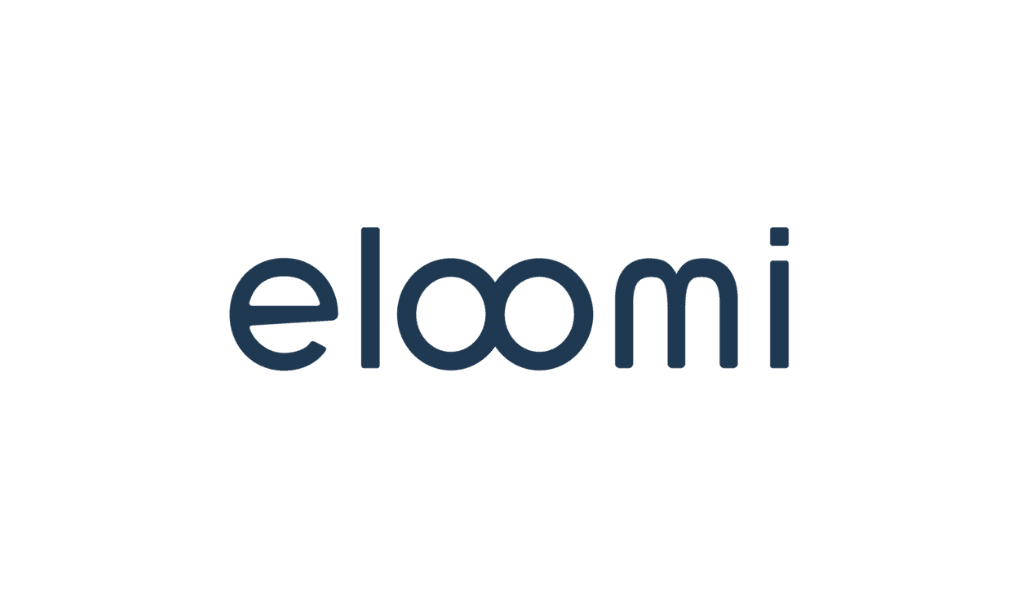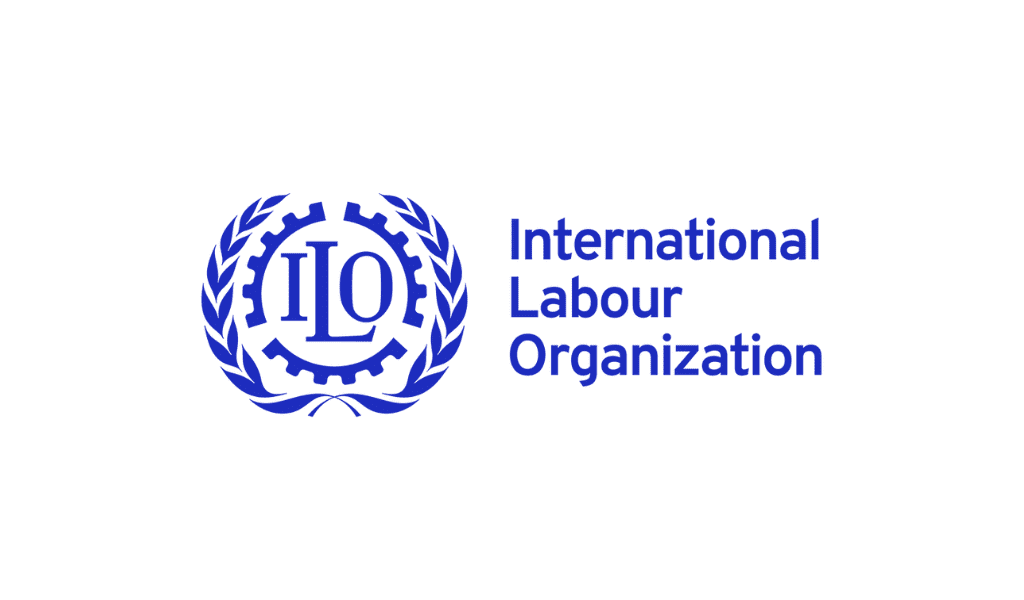CHRO Dean Adelman details Veritiv’s return-to-office plan that marries in-office and remote options.
By The Editors
 Previously an atypical work model, hybrid work is now very much the norm. Some 45% of all US companies now offer a remote working option and FlexJobs’ 10th Annual Survey found that an astounding 97% of survey respondents wanted some form of hybrid work. Looking further, 58% wanted to be fully remote and 39% wanted to work remotely part-time. For businesses looking to employ a hybrid work environment, they’ll need to ensure they remain attractive to current workers and the raging talent pool while also making policies that ensure productivity. Returning to the office won’t be an easy feat if leaders go at it alone. Here, Dean Adelman, chief human resources officer for Veritiv, details how companies can create and manage a successful hybrid workforce that caters to all.
Previously an atypical work model, hybrid work is now very much the norm. Some 45% of all US companies now offer a remote working option and FlexJobs’ 10th Annual Survey found that an astounding 97% of survey respondents wanted some form of hybrid work. Looking further, 58% wanted to be fully remote and 39% wanted to work remotely part-time. For businesses looking to employ a hybrid work environment, they’ll need to ensure they remain attractive to current workers and the raging talent pool while also making policies that ensure productivity. Returning to the office won’t be an easy feat if leaders go at it alone. Here, Dean Adelman, chief human resources officer for Veritiv, details how companies can create and manage a successful hybrid workforce that caters to all.
HRO Today: How did Veritiv map out its return-to-office plan?
Adelman: There really is no precedent for returning to the office following the height of a pandemic. As a result, we followed the lead of the two most important voices -official CDC guidance and our people. It was and still is a delicate balance between respecting varying levels of comfort and retaining our vibrant culture that is energized by our employees’ presence. Some of our workforce is essential and has been working in person since the beginning of the pandemic. But after taking the pulse of our employees who had been fully remote for the better part of 18 months, we took careful steps to plan our return to the office with the health and safety of our employees as our first priority. Our senior leadership team kept a very close eye on the COVID-19 case numbers in our site areas; we were originally planning to return to the office in September 2021, but due to the rise of the Delta and Omicron variants, we delayed our plans until March 2022. We tried our best to remain transparent with our employees throughout the process, updating the organization and answering any questions in our monthly all-employee webcasts.
HRO Today: Can you briefly describe your hybrid model?
Adelman: Our “Flexible Workplace Program” allows employees to work in the office two days a week on Mondays and Thursdays. We chose these days so individual teams could meet in person and collaborate at the beginning and end of the work week, leaving Fridays for employees to wrap up their final tasks individually. Also, having everyone in the office on the same two days allows us to focus on the development of our employees and celebrating our successes as a team. There may be a need for additional days in the office, which is at the discretion of managers to meet business needs. Our core office hours are between 9 a.m. and 3 p.m., which gives our employees flexibility to leave early and beat rush hour. Employees are also given the opportunity to take two completely remote work weeks, in one-week increments, so they can take advantage of working from another location.
HRO Today: How did you communicate to employees about company expectations?
Adelman: Ahead of March 14, 2022, we created a “Guide to Returning to Veritiv Offices” to prepare employees for returning to an in-person work environment. This guide included health and safety information, such as our COVID-19 protocols, office etiquette reminders, and technology guidance for setting up equipment. We distributed this guide to employees and published it on our internal communications platform, “Vibe,” so they could refer to it in the future.
About two weeks in advance, I also sent out an email to our site leaders asking for their support to make the transition as smooth as possible. This email included updates and information about how to make the return to the office safe (yet fun) for everyone. We compiled and sent gift bags (including Veritiv-branded office and safety supplies) to every employee, which site managers distributed on the first day back. We also encouraged teams to offer a meal or snacks and a festive atmosphere on the day employees returned.
Finally, following our return to the office, I wrote an issue of our ongoing “Working in a Virtual World” blog series to give employees some tips to ease the transition. From embracing the commute to reevaluating workday rituals, I wanted to give our employees some actionable steps to help them get used to our “new normal.”
HRO Today: How are you going to keep an eye on employee sentiment during and after the transition?
Adelman: Now that we’ve all returned to the office, I want our employees to know their mental health is just as important as their physical health. I’m continuing our “Working in a Virtual World” series to cover different aspects of mental health, including anxiety, burnout, and how to ease back into a hybrid working environment. The strength of our business depends on the strength of our people, and we want employees to take care of themselves in this period of transition.
So far, it seems the employee response to returning to the office has been overwhelmingly positive. I’ve noticed the energy at our Sandy Springs office is more powerful than most people -including myself -expected. After so many months of being apart, returning to the office reminded us how much we enjoy being together. Moving forward, to keep a pulse on employee sentiment, I’ve encouraged our employees to be open and honest with their managers about any concerns. Our HR business partners are also available for those who feel more comfortable speaking with them. By encouraging flexibility and company morale with our “Flexible Workplace Program” and volunteer days, I want to make sure Veritiv’s return to the office is as fulfilling for employees as it is for the company.














